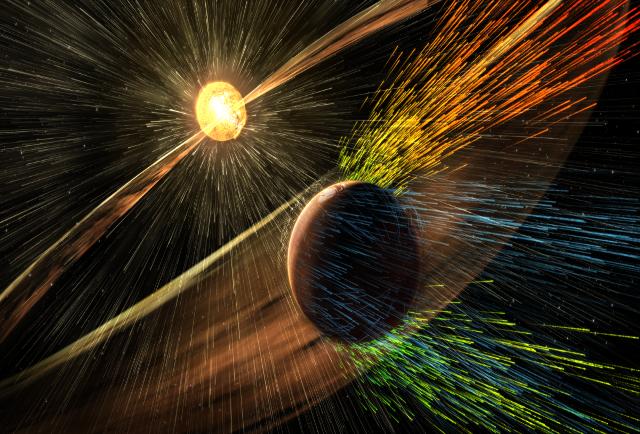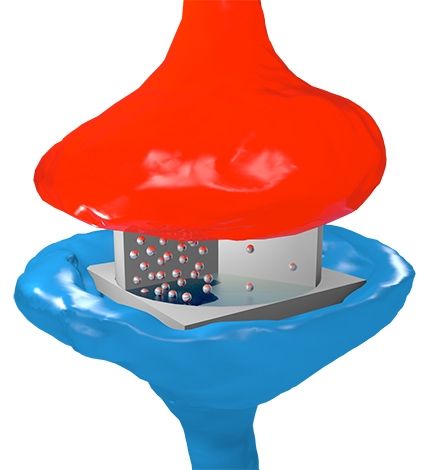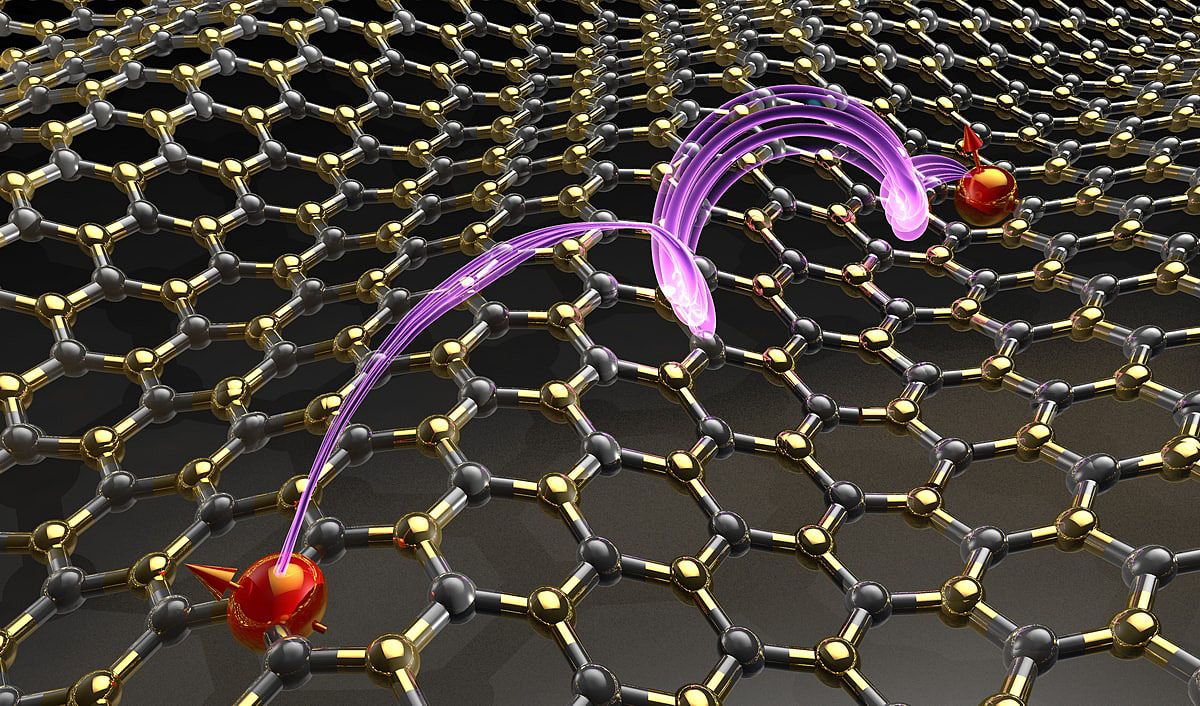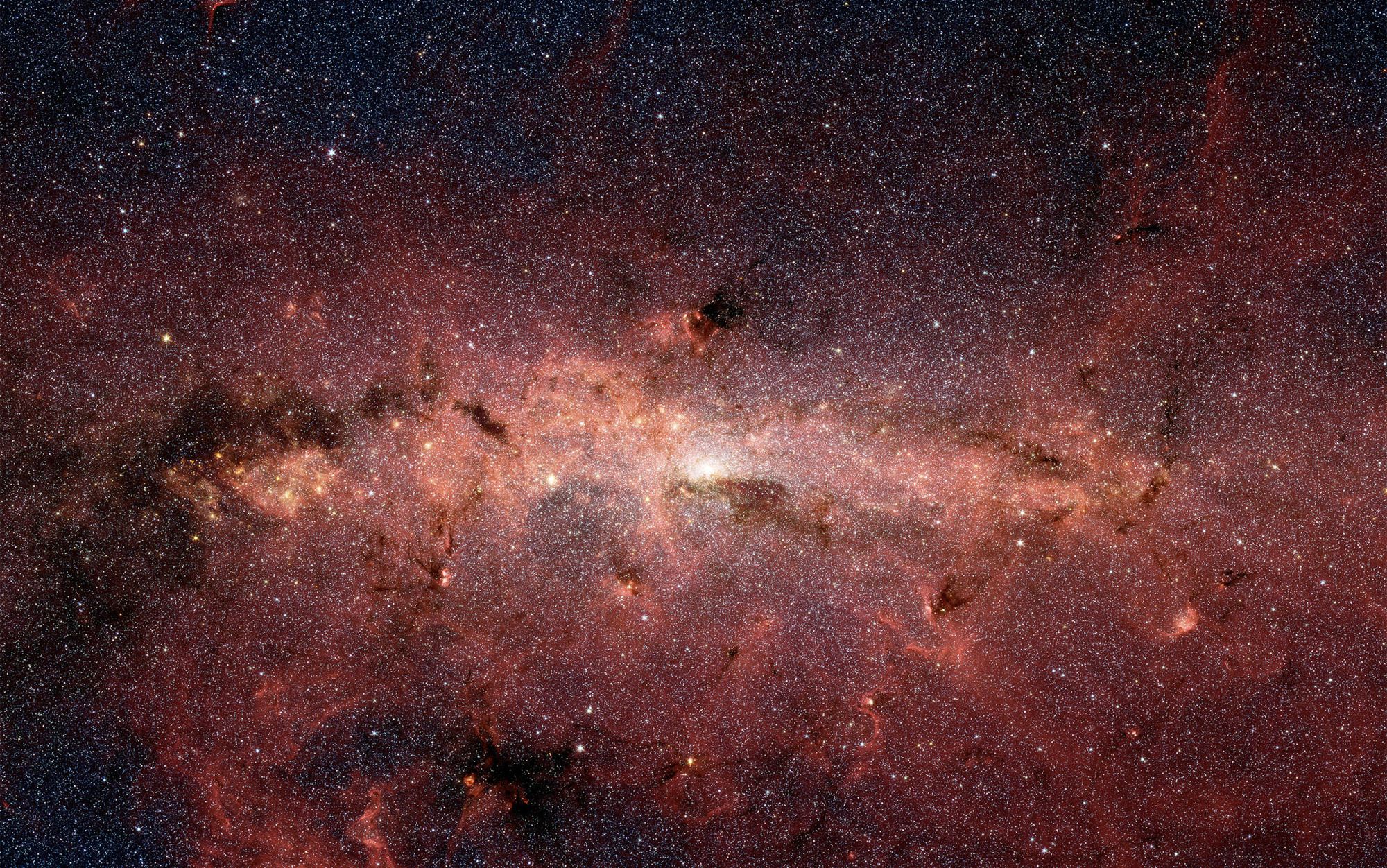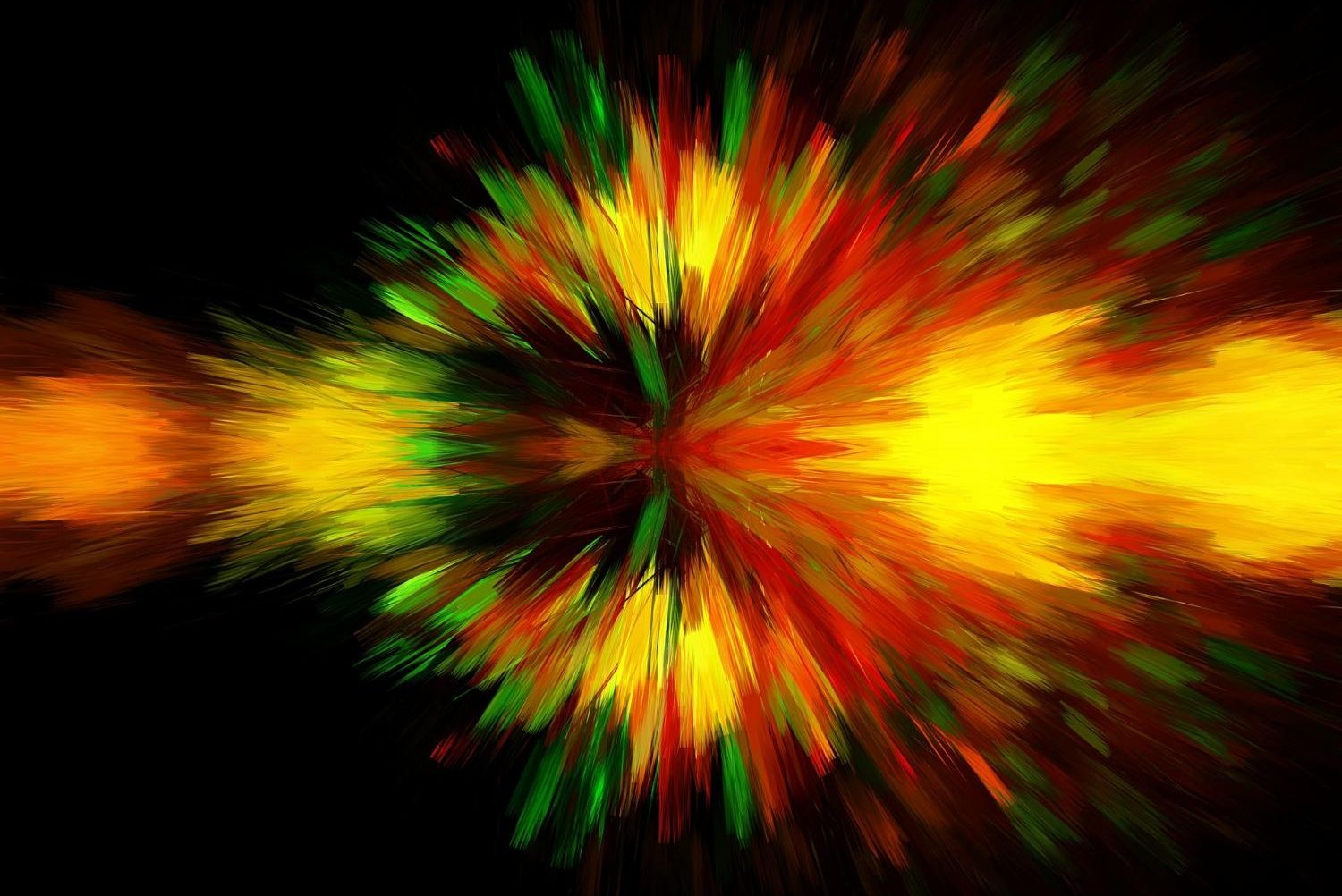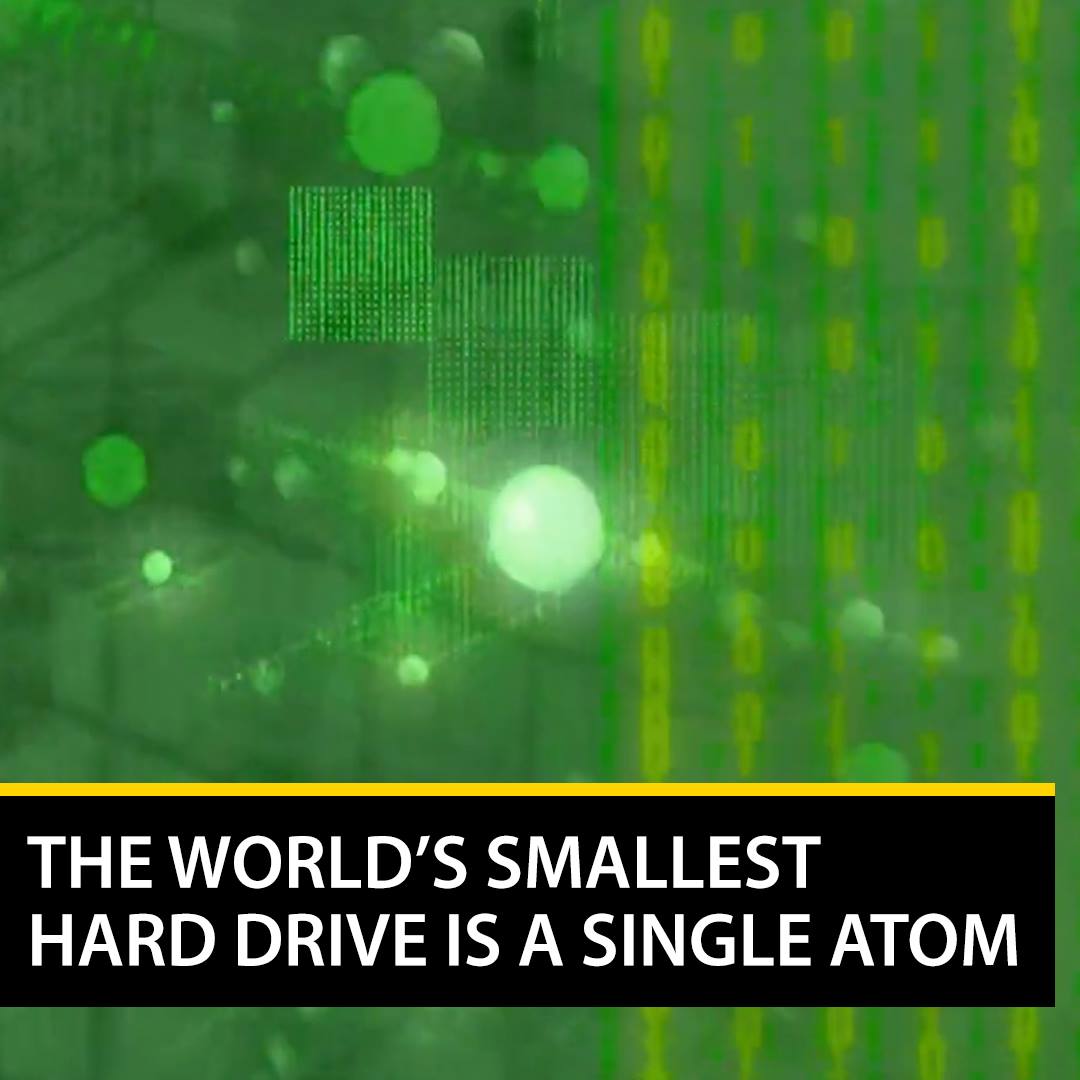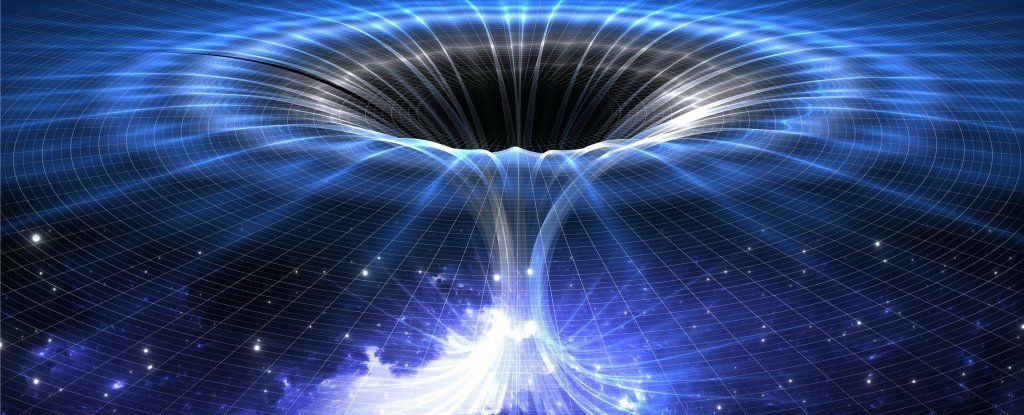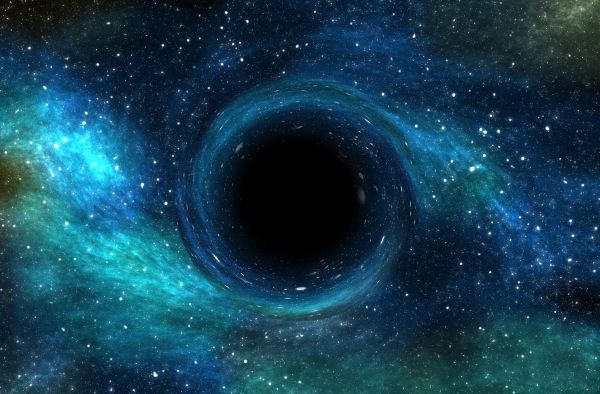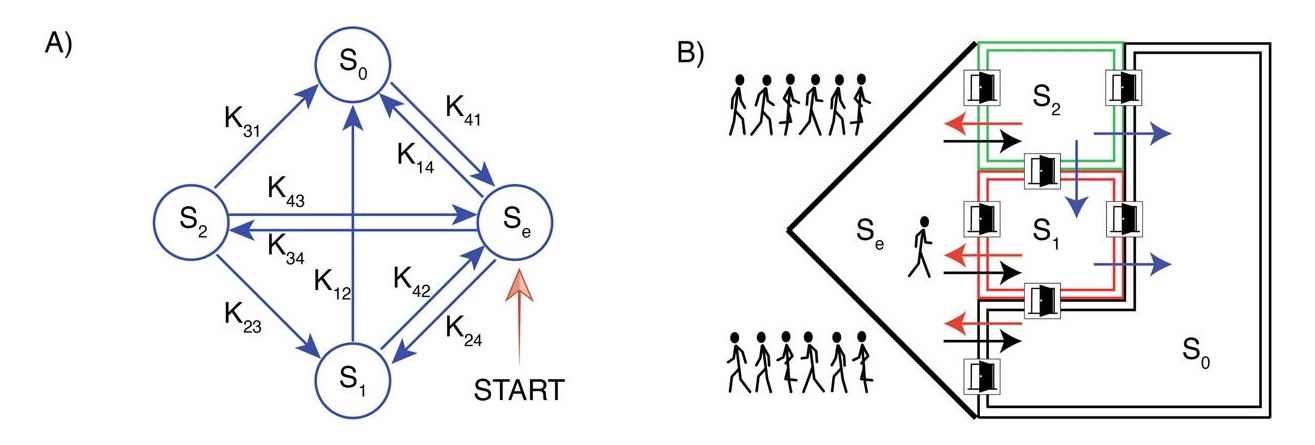Archive for the ‘particle physics’ category: Page 501
Apr 6, 2017
Electronic synapses that can learn : towards an artificial brain?
Posted by Carse Peel in categories: biological, particle physics, robotics/AI
© Sören Boyn / CNRS/Thales physics joint research unit.
Artist’s impression of the electronic synapse: the particles represent electrons circulating through oxide, by analogy with neurotransmitters in biological synapses. The flow of electrons depends on the oxide’s ferroelectric domain structure, which is controlled by electric voltage pulses.
Apr 4, 2017
Controlling forces between atoms, molecules, promising for ‘2-D hyperbolic’ materials
Posted by Saúl Morales Rodriguéz in categories: materials, particle physics
A new approach to control forces and interactions between atoms and molecules, such as those employed by geckos to climb vertical surfaces, could bring advances in new materials for developing quantum light sources.
“Closely spaced atoms and molecules in our environment are constantly interacting, attracting and repelling each other,” said Zubin Jacob, an assistant professor of electrical and computer engineering at Purdue University. “Such interactions ultimately enable a myriad of phenomena, such as the sticky pads on gecko feet, as well as photosynthesis.”
Typically, these interactions occur when atoms and molecules are between 1 to 10 nanometers apart, or roughly 1/10,000th the width of a human hair.
Mar 31, 2017
Do ripples in space-time herald a new theory of gravity?
Posted by Shailesh Prasad in categories: cosmology, particle physics, quantum physics
Quantum gravity is a theoretical attempt to reconcile general relativity and the quantum field theories of particle physics. The theory holds that space and time are both quantized in a way that quantum field theory doesn’t account for. Attempts to find evidence in support of the theory have focused on the gravitational effects of black holes. Now, some are using the data collected by the Laser Interferometer Gravitational-Wave Observatory (LIGO) project that has now detected two instances of gravitational waves from the collision of black holes. And there are hints that the data has the evidence the researchers are looking for.
But Afshordi’s idea overthrows what physicists believed they knew about black holes. In Albert Einstein’s theory of general relativity, the event horizon of a black hole – the surface beyond which there is no escape – is insubstantial. Nothing special happens upon crossing it, just that there is no turning around later. If Afshordi is right, however, the inside of the black hole past the event horizon no longer exists. Instead, a Planck-length away from where the horizon would have been, quantum gravitational effects become large, and space-time fluctuations go wild. (The Planck length is a minuscule distance: about 10-35 metres, or 10-20 times the diameter of a proton.) It’s a complete break with relativity.
When he heard of the LIGO results, Afshordi realised that his so-far entirely theoretical idea could be observationally tested. If event horizons are different than expected, the gravitational-wave bursts from merging black holes should be different, too. Events picked up by LIGO should have echoes, a subtle but clear signal that would indicate a departure from standard physics. Such a discovery would be a breakthrough in the long search for a quantum theory of gravity. ‘If they confirm it, I should probably book a ticket to Stockholm,’ Afshordi said, laughing.
Continue reading “Do ripples in space-time herald a new theory of gravity?” »
Mar 30, 2017
New research into light particles challenges understanding of quantum theory
Posted by Andreas Matt in categories: particle physics, quantum physics, space
Scientists have discovered a new mechanism involved in the creation of paired light particles, which could have significant impact on the study of quantum physics.
Researchers at the University of East Anglia (UEA) have shown that when photons — the fundamental particles of light — are created in pairs, they can emerge from different, rather than the same, location.
The ground-breaking research could have significant implications for quantum physics, the theoretical basis of modern physics. Until now, the general assumption was that such photon pairs necessarily originate from single points in space.
Mar 28, 2017
Mind-Blowing New Theory Connects Black Holes, Dark Matter, and Gravitational Waves
Posted by Andreas Matt in categories: cosmology, particle physics
The past few years have been incredible for physics discoveries. Scientists spotted the Higgs boson, a particle they’d been hunting for almost 50 years, in 2012, and gravitational waves, which were theorized 100 years ago, in 2016. This year, they’re slated to take a picture of a black hole. So, thought some theorists, why not combine all of the craziest physics ideas into one, a physics turducken? What if we, say, try to spot the dark matter radiating off of black holes through their gravitational waves?
Mar 25, 2017
IBM Makes a Huge Leap Forward in Data Storage
Posted by Shailesh Prasad in categories: computing, particle physics
Mar 24, 2017
Theoretical Physicists Suggest There’s a Portal Linking the Standard Model to Dark Physics
Posted by Andreas Matt in categories: cosmology, particle physics, quantum physics, space travel
Theoretical physicists have put forward a new hypothesis that aims to connect the world of visible physics to the hidden forces of our Universe: what if there’s a portal that bridges the gap between the standard model to dark matter and dark energy?
The idea is that the reason we struggle to understand things such as dark matter and dark energy isn’t because they don’t exist — it’s because we’ve been oblivious to a portal through which regular particles and these ‘dark particles’ interact. And it’s something that could be tested experimentally.
The idea of portals in the Universe might sound pretty crazy, but let’s be clear for a second: we’re talking portals on the quantum, teeny-tiny scale here — nothing that you could drive a spacecraft through.
Mar 21, 2017
Law Controlling Bizarre Behavior of Black Holes –“Points to a Deeper Understanding of Realty”
Posted by Andreas Matt in categories: cosmology, particle physics
A team of scientists has discovered that a law controlling the bizarre behavior of black holes out in space—is also true for cold helium atoms that can be studied in laboratories. “It’s called an entanglement area law,” says Adrian Del Maestro, a physicist at the University of Vermont who co-led the research. That this law appears at both the vast scale of outer space and at the tiny scale of atoms, “is weird,” Del Maestro says, “and it points to a deeper understanding of reality.”
Mar 19, 2017
Nanoscale logic machines go beyond binary computing
Posted by Shailesh Prasad in categories: computing, information science, nanotechnology, particle physics
(Phys.org)—Scientists have built tiny logic machines out of single atoms that operate completely differently than conventional logic devices do. Instead of relying on the binary switching paradigm like that used by transistors in today’s computers, the new nanoscale logic machines physically simulate the problems and take advantage of the inherent randomness that governs the behavior of physical systems at the nanoscale—randomness that is usually considered a drawback.
The team of researchers, Barbara Fresch et al., from universities in Belgium, Italy, Australia, Israel, and the US, have published a paper on the new nanoscale logic machines in a recent issue of Nano Letters.
“Our approach shows the possibility of a new class of tiny analog computers that can solve computationally difficult problems by simple statistical algorithms running in nanoscale solid-state physical devices,” coauthor Francoise Remacle at the University of Liege told Phys.org.
